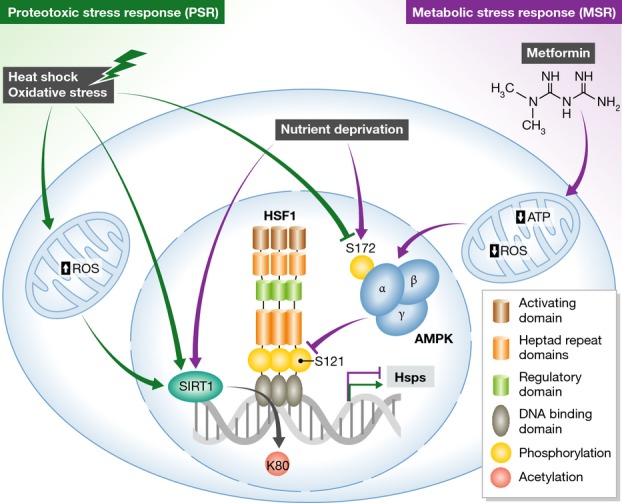Figure 1. HSF1 integrates multiple stress responses.

AMPK, a classic sensor of metabolic stresses such as impaired gluconeogenesis resulting from nutrient deprivation or decreased ATP levels induced by the pharmacological agent metformin, functions as an upstream regulator of HSF1 activity. Inhibition of mitochondrial electron transport chain by metformin also reduces mitochondrial ROS levels and oxidative stress. Phosphorylated AMPK inhibits HSF1 activity by preventing HSF1 Ser121 phosphorylation and HSF1-dependent transcription. Proteotoxic stresses, such as heat shock and oxidative stress, inhibit AMPK phosphorylation and are thus permissive for HSF1-activating Ser121 phosphorylation. Both proteotoxic and metabolic stresses recruit SIRT1 to DNA, where it deacetylates HSF1 at Lys80 and maintains binding of HSF1 to target gene promoters. See text for details.
